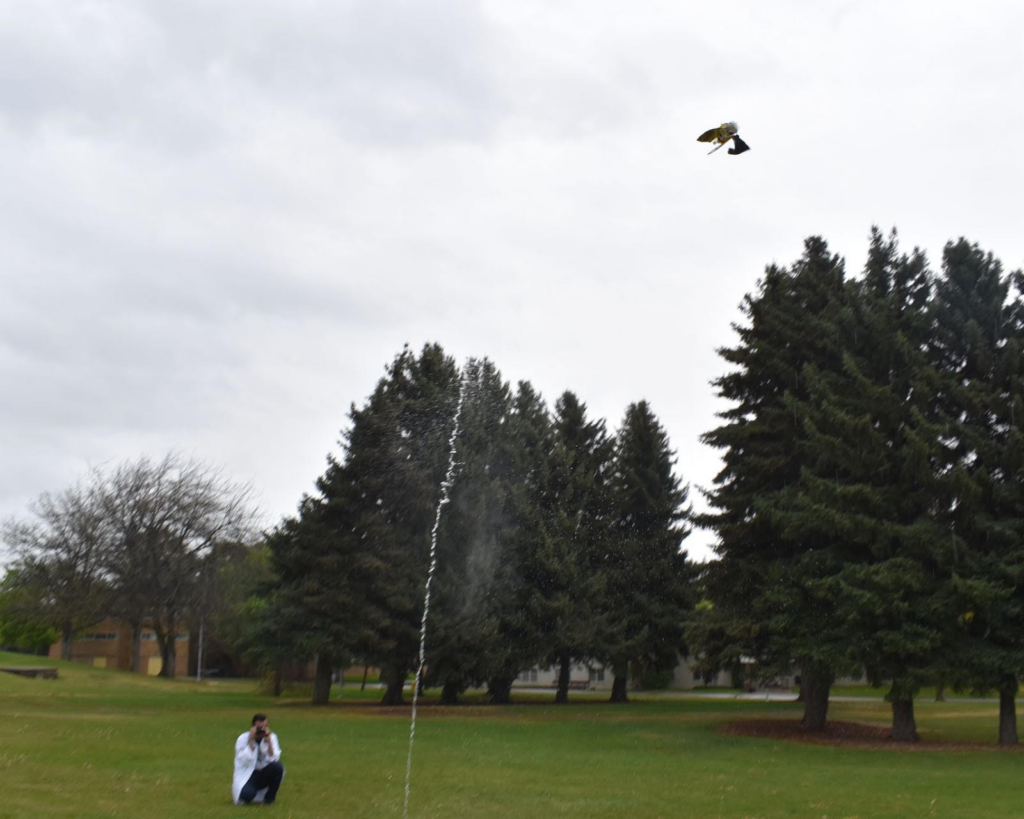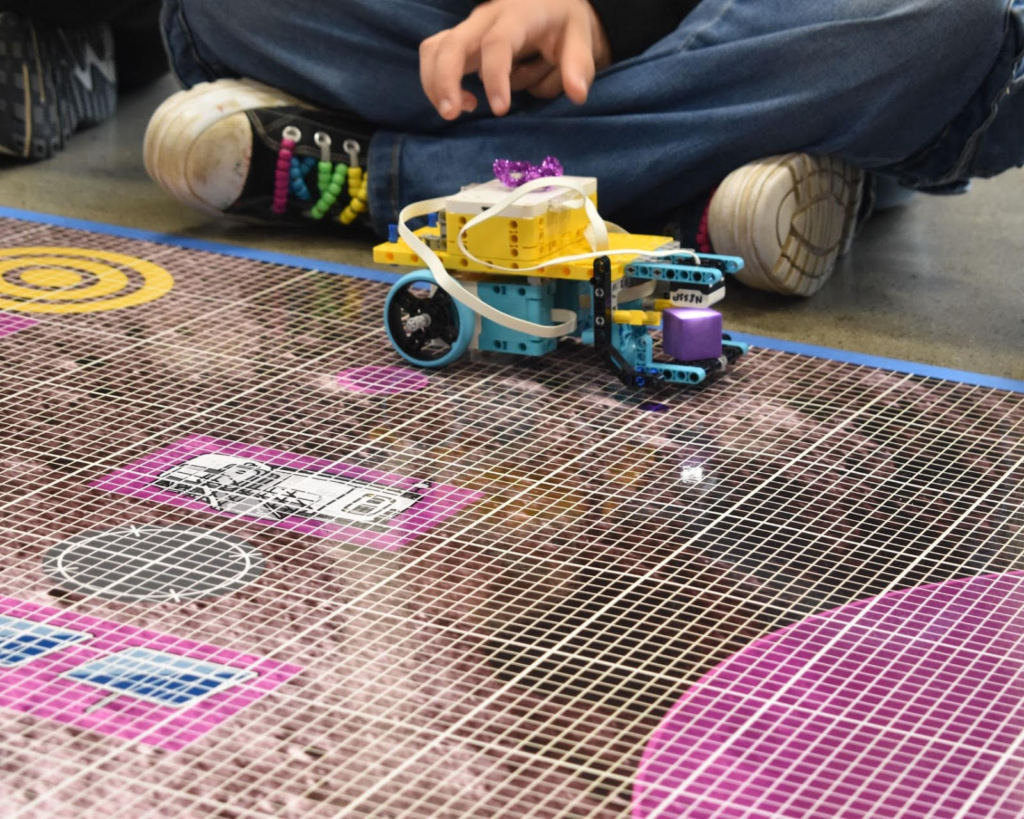May 17 -NESSP May Newsletter
In this issue we are sending reminders that Mini-Mission and Artemis ROADS II Re-Entry (final) Submissions are open. We will also share some links to help you educate your students about last weekend’s solar storm.

2024 ROADS Mini-Mission applications are open until May 20th!
NESSP Mini-missions are summer experiences led by local educators and community members. NESSP provides suggested activities, supplies, training/support, and instructor stipends. Instructors make the schedule, find a place to host, and recruit students. This year, NESSP offers three mini-mission options: Artemis ROADS mini-mission, Icy Worlds mini-mission, and James Webb mini-mission. Priority is given to educators working with historically underrepresented and rural students in Washington, Oregon, Idaho, and Montana. Apply soon! Applications close on May 20th, 2024!

Has your team completed the Artemis ROADS II Challenge? Submit your results now!
The Artemis ROADS II Re-Entry (final) Submission form is now open. The final deadline for Artemis ROADS II teams to submit their Mission Development Log (MDL) and final challenge videos is June 5th, 2024. You can read all about what is required in MO-08 of your challenge manual. We look forward to seeing all of your great work. The submission form can be found at: https://nwessp.org/artemis-roads-ii-submissions/
Mission Advisor Support Session #3 Recording and Slides
If you have questions about how to wrap up the Artemis ROADS II Challenge and submit your final results, please view the Mission Advisor Support Session 3 slides and recording. In this session, we reviewed the final submission form and details about team recognition, including the Kennedy Space Center Drawing. (Links: recording, slides)

It’s a BIG year for the Sun! NASA resources to understand the May 11th aurora.
This year is NASA’s Heliophysics Big Year and between the April eclipse and last weekend’s solar storm the Sun has certainly delivered. This is a great opportunity to teach your students about the connection between the Sun and the Earth and what causes the aurora. NESSP has put together a set of slides with a collection of some of our favorite visual and video resources from NASA and NOAA to help you explain the aurora to students, including Solar Dynamic Observatory Data from the May 10th storm. Can you spot the region the Coronal Mass Ejection (e.g. eruption of solar material) was released? Please copy or download the slides and use them however you see fit.